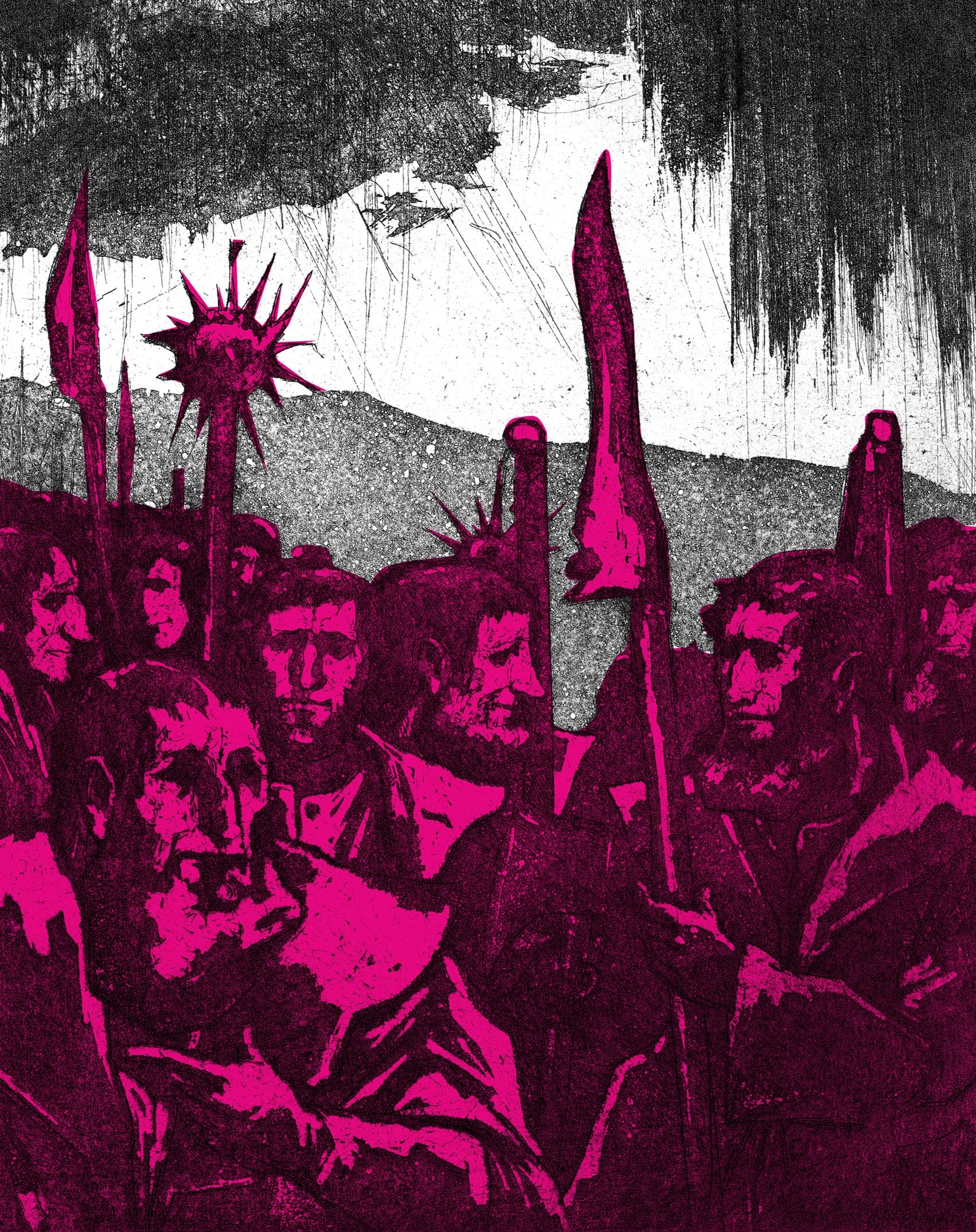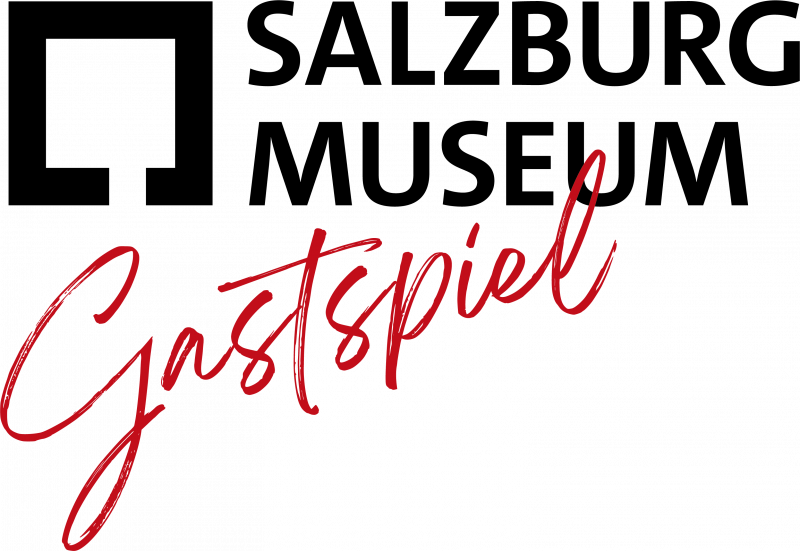Salzburg Museum – Gastspiel (Guest Appearance) presented at the DomQuartier
Between 1524 and 1526, the common people of Central Europe rose up against the nobility and the clergy. Hundreds of thousands of peasants, along with townspeople, craftspeople, and miners, fought to defend their traditional rights, assert religious freedoms, and demand a fairer distribution of wealth and natural resources. In May 1525, the uprising reached the Prince-Archbishopric of Salzburg, driving it to the brink of collapse. The event—later known as the German Peasants’ War—was violently suppressed in many regions, yet the memory of the “common man’s” revolt against authority endured across the centuries.
This exhibition is part of the Salzburg Museum – Gastspiel (Guest Appearance), presented at the DomQuartier. It explores how the Peasants’ War was interpreted in the art and literature of later periods—and how authoritarian regimes in the twentieth century appropriated its imagery and ideals for their own propaganda. Taking the Salzburg Peasants’ War of 1525/26 as its point of departure, the exhibition traces the evolving representations of the theme up to the present day, revealing how artists have continually revisited and reimagined it in times of social and political transformation.
Curators: Cornelia Mathe, Andreas Zechner



